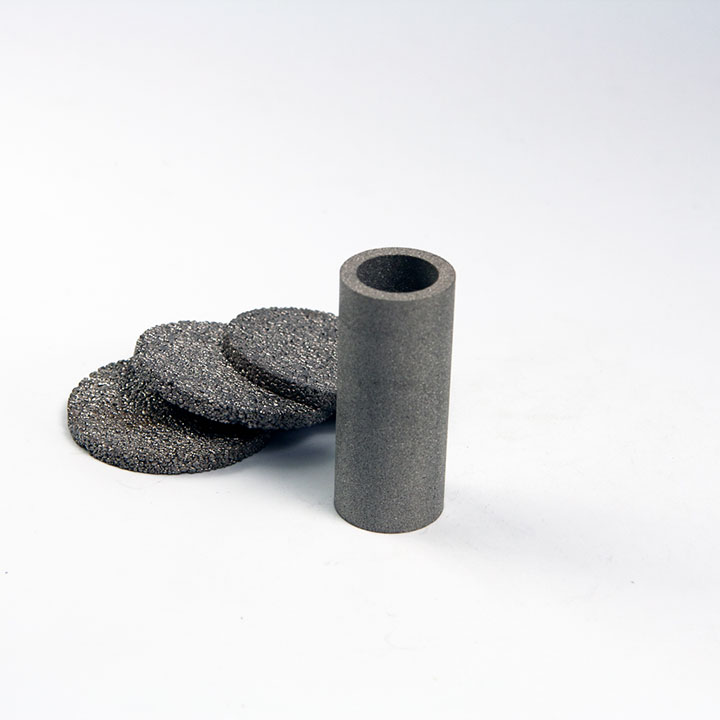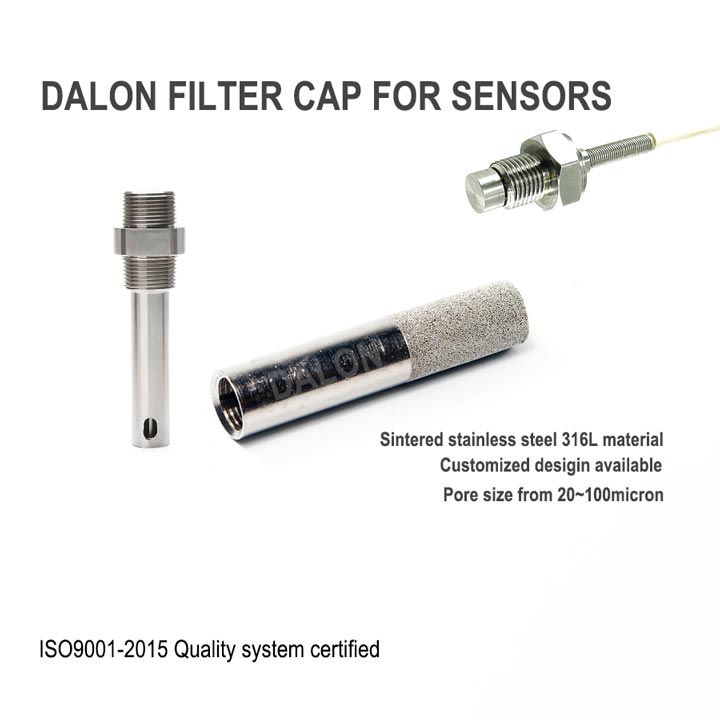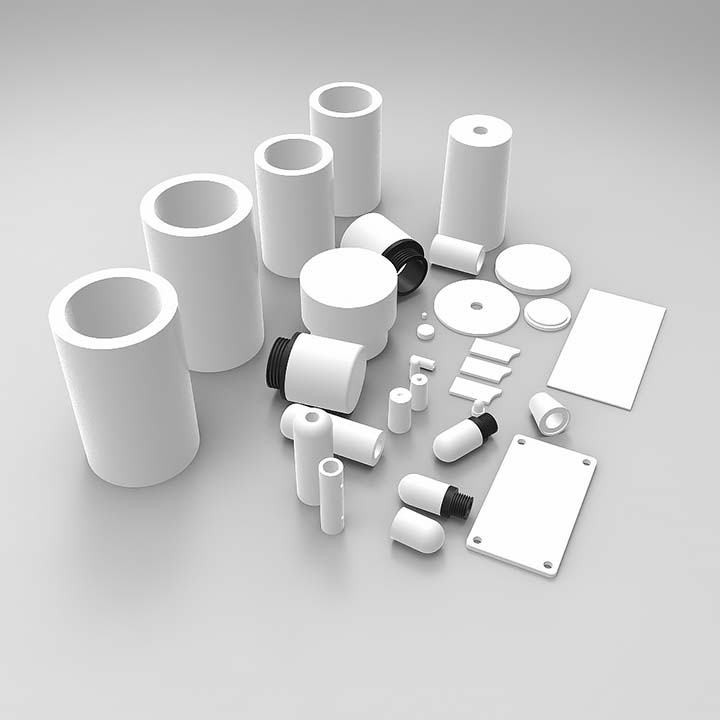Introduction: Why Tailored Regeneration Protocols Matter
In industrial filtration, longevity, consistency, and reliability are not optional—they are essential. Sintered metal filters, known for their durability and high filtration precision, are designed to be cleaned and reused multiple times. However, regeneration protocols must be matched to the filter grade, operating conditions, and contaminant type to achieve the best results.
A one-size-fits-all approach can damage the filter matrix, fail to remove embedded particles, or shorten the usable life of expensive filtration assets.
This article presents two real-world case studies from DALON’s application data, showing how different sintered filter materials and grades—such as sintered bronze and 316L stainless steel—respond to targeted cleaning methods. Additionally, we provide a regeneration protocol matrix by filter grade, post-cleaning validation methods, and performance outcomes.
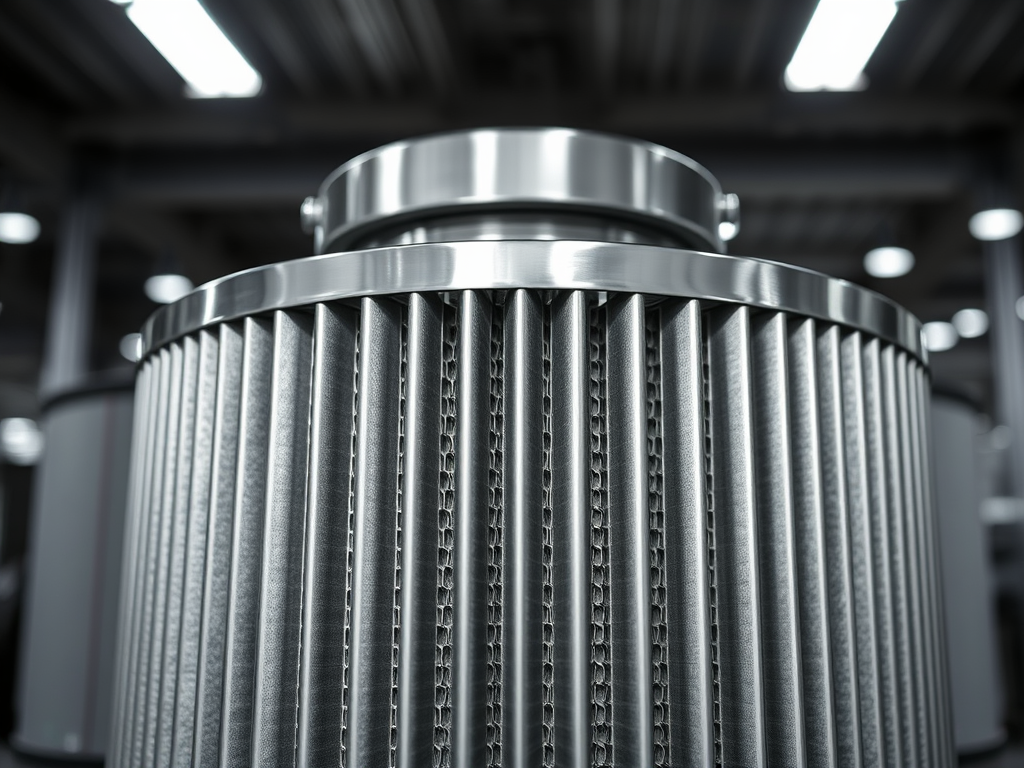
Case Study 1: Compressed Air System in Automotive Manufacturing
Background
A European Tier 1 automotive supplier used sintered bronze filters in a high-volume compressed air line feeding robotic arms and pneumatic tooling. With frequent oil mist and dust ingress, the filtration system had begun showing performance degradation after only 5–6 months of use.
Filter Grade & Specs
- Material: Sintered Bronze (CuSn8 alloy)
- Pore Size: 40 µm
- Porosity: 85% open void
- Design: Cylindrical cartridge, 50 mm OD × 150 mm L
- Standard Compliance: ISO 8573-1 Class 4 air purity
Primary Contaminants
- Oil aerosols from compressors
- Atmospheric dust and fine particulates
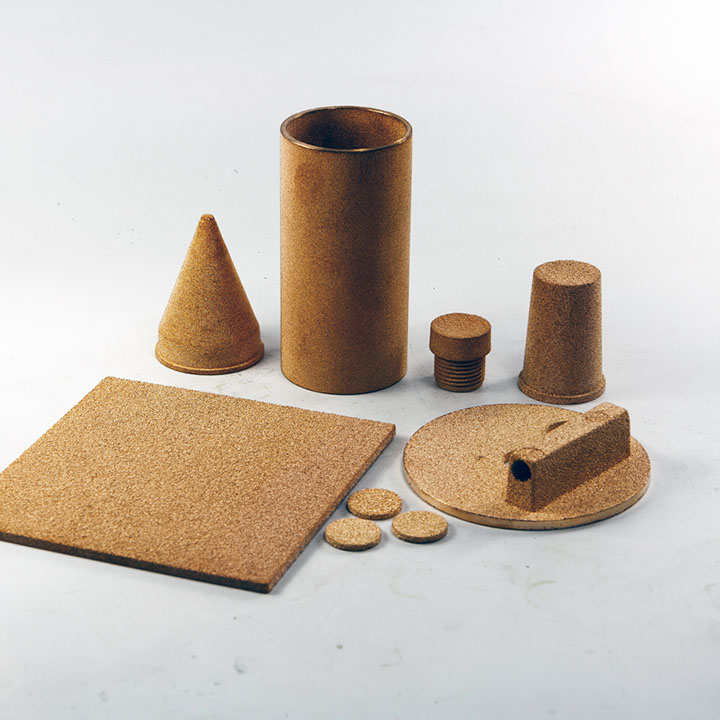
Regeneration Protocol
A. Routine Backflushing
- Medium: Dry compressed air
- Pressure: 6 bar (87 psi)
- Cycle: 10-second pulses every 30 minutes
- Flow Direction: Reverse of normal airflow
Result: ΔP dropped from 1.2 bar to 0.3 bar after each cycle.
B. Quarterly Chemical CIP
- Solvent: 10% isopropanol solution
- Circulation Temp: 50°C
- Contact Time: 45 minutes
- Flush: Deionized water (5× filter housing volume)
Outcome
- Extended service life from 6 months to 3.5 years
- Monthly backflushing with quarterly CIP
- Filter performance maintained within 90% of original spec
- Saved approx. €4,200/year in replacement filter costs across 12 production lines
🔧 Best Practice Tip: Avoid solvents with chloride content, which may corrode bronze structure over time.
Case Study 2: Molten Aluminum Filtration in Foundry Operations
Background
A global aluminum casting manufacturer experienced filter performance loss in their molten aluminum filtration line due to oxide fouling and carbon residue. Traditionally, filters were discarded every 8 weeks.
Filter Grade & Specs
- Material: Sintered 316L Stainless Steel
- Pore Size: 60 µm (Duplex pore structure)
- Operating Temp: 720°C molten flow
- Filter Geometry: Disc cartridge, 100 mm diameter × 20 mm thick
Primary Contaminants
- Aluminum oxides
- Carbonized organic binders from casting feedstock
Regeneration Protocol
A. Thermal Bake-Out (Every 2 Months)
- Atmosphere: Dry nitrogen
- Ramp Rate: 2°C/min to 550°C (1022°F)
- Soak Time: 2 hours
- Cool to: 200°C before ambient exposure
- Post-Rinse: Warm DI water + ethanol spray
Result: Recovered 92% of initial flow rate post-regeneration.
B. Acid Passivation (Annually)
- Solution: 15% nitric acid + 3% hydrofluoric acid
- Soak Time: 20 minutes @ 25°C
- Neutralization: 5% NaHCO₃ (baking soda) followed by hot DI rinse
Outcome
- Increased filter service life from 2 months to 14 months
- Reduced annual replacement cost by 60%
- Maintained consistent mold flow and reduced oxide defects in castings
- Eliminated operator exposure to high-temperature filter handling
⚠️ Caution: Ensure acid-safe work environment when using HF-containing passivation solutions.
Regeneration Protocol Matrix by Filter Grade
| Filter Grade | Contaminant Type | Recommended Methods | Critical Parameters |
|---|---|---|---|
| Sintered Bronze | Oil, particulates | Air backflush + alcohol CIP | ≤6 bar backpressure, no Cl⁻ solvents |
| SS304 / SS316L | Organics, oxides | Thermal (450°C) + Ultrasonic | Avoid thermal shock, pre-oxidize before baking |
| Inconel 600 | Extreme heat, corrosion | Thermal (700°C) + H₂ reduction | Controlled ramp rate, hydrogen furnace safety |
| Titanium | Inert gas, high-purity | Chemical CIP + ultrasonic | Avoid HF, use neutral pH solutions |
| Hastelloy C22 | Acids, bases, aggressive solvents | Steam-in-place + alkaline CIP | Confirm elastomer compatibility |
Post-Regeneration Validation Procedures
1. Bubble-Point Integrity Test
Procedure:
- Wet filter with isopropyl alcohol (IPA)
- Apply increasing air pressure
- Observe bubble formation
Acceptance Criteria:
- Bubble pressure must be ≥80% of original spec
- Example: For 40 µm bronze, ≥3.4 bar
2. Flow Rate Check
Procedure:
- Measure water flow rate at 1 bar ΔP
- Compare with original clean filter flow rate
Acceptance Criteria:
- ≥90% of original flow rate = Pass
- <70% = Consider replacement
Common Mistakes to Avoid in Regeneration
| Mistake | Consequence | Prevention |
|---|---|---|
| Overheating during bake-out | Matrix damage, pore closure | Ramp ≤5°C/min, use programmable furnace |
| Skipping neutralization | Acid/base residue left in pores | Always flush with DI water post-CIP |
| Using steel brushes | Scratches and embedded particles | Use nylon brushes or air-only methods |
| Inadequate rinsing | Cross-contamination in next batch | Minimum 5× system volume flush |
| Rapid cooling post-sterilization | Cracks from thermal shock | Allow passive cooling in dry air or inert gas |
Application-Specific Notes
Pharmaceutical Applications
- Validate with swab tests, TOC (total organic carbon) readings
- Use WFI (water for injection) for final rinses
- Filter records must be included in GMP documentation
Semiconductor / UHP Gas
- Avoid any IPA containing acetone or denaturants
- All rinsing must pass resistivity and particle count testing
- Filters must be leak-tested before re-entry to clean lines
Chemical Processing
- Always verify chemical compatibility of the filter grade
- For chlorinated environments, consider Inconel or Hastelloy
- Implement differential pressure alarms for predictive maintenance
Frequently Asked Questions (FAQ)
Q1: How many regeneration cycles can sintered metal filters undergo?
Most DALON sintered filters are rated for 10–50 cleaning cycles, depending on application stress and contaminant type.
Q2: Does regeneration affect pore size?
Not if properly cleaned. Thermal and chemical cleaning preserve pore geometry, as long as abrasive or corrosive methods are avoided.
Q3: Can acid passivation be skipped?
For non-sanitary systems, yes. But in food, pharma, and aluminum casting, annual passivation removes oxidation and improves corrosion resistance.
Q4: What’s the best cleaning method for filters exposed to polymers?
Use thermal bake-out followed by alcohol flushing, especially if the polymer has carbonized.
Q5: Are these protocols applicable to multilayer sintered filters?
Yes, though extra care must be taken in rinsing and validation. Ultrasonic cleaning may be more critical for multi-layered grades.
Protocol-Based Regeneration = Maximum Filter Value
As these case studies and filter-grade-specific protocols show, a tailored regeneration approach can dramatically extend the life and performance of sintered metal filters. Whether dealing with oil fouling in pneumatic lines or oxide buildup in molten metal systems, applying the right combination of backflushing, thermal processing, and chemical cleaning ensures consistent results.
By incorporating these best practices and validation methods, industrial operators can:
- Lower replacement costs
- Reduce downtime
- Improve process reliability
- Increase environmental sustainability
Explore our full catalog of regenerable sintered metal filters here, or request detailed cleaning protocols by filter grade to match your specific industrial requirements.

